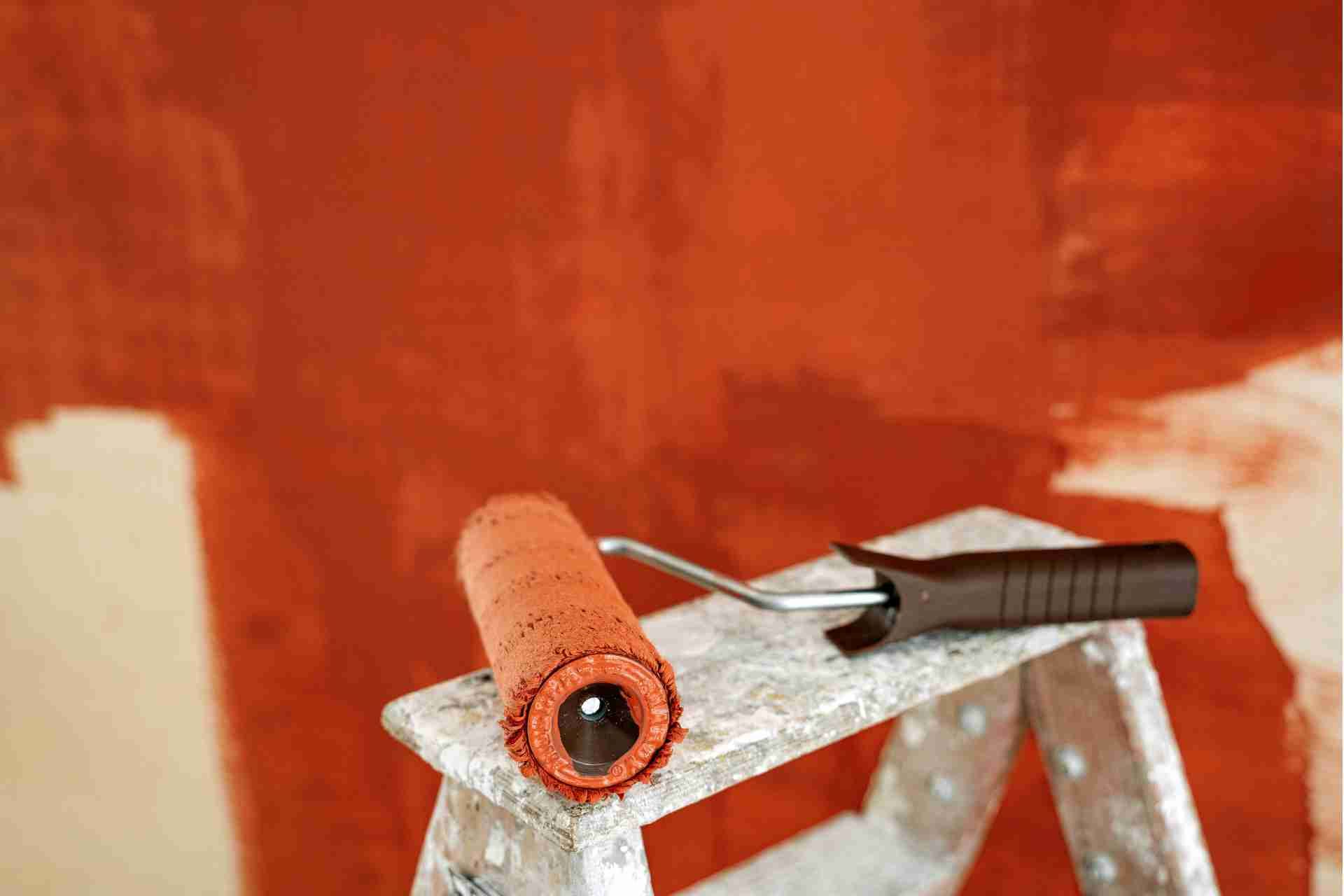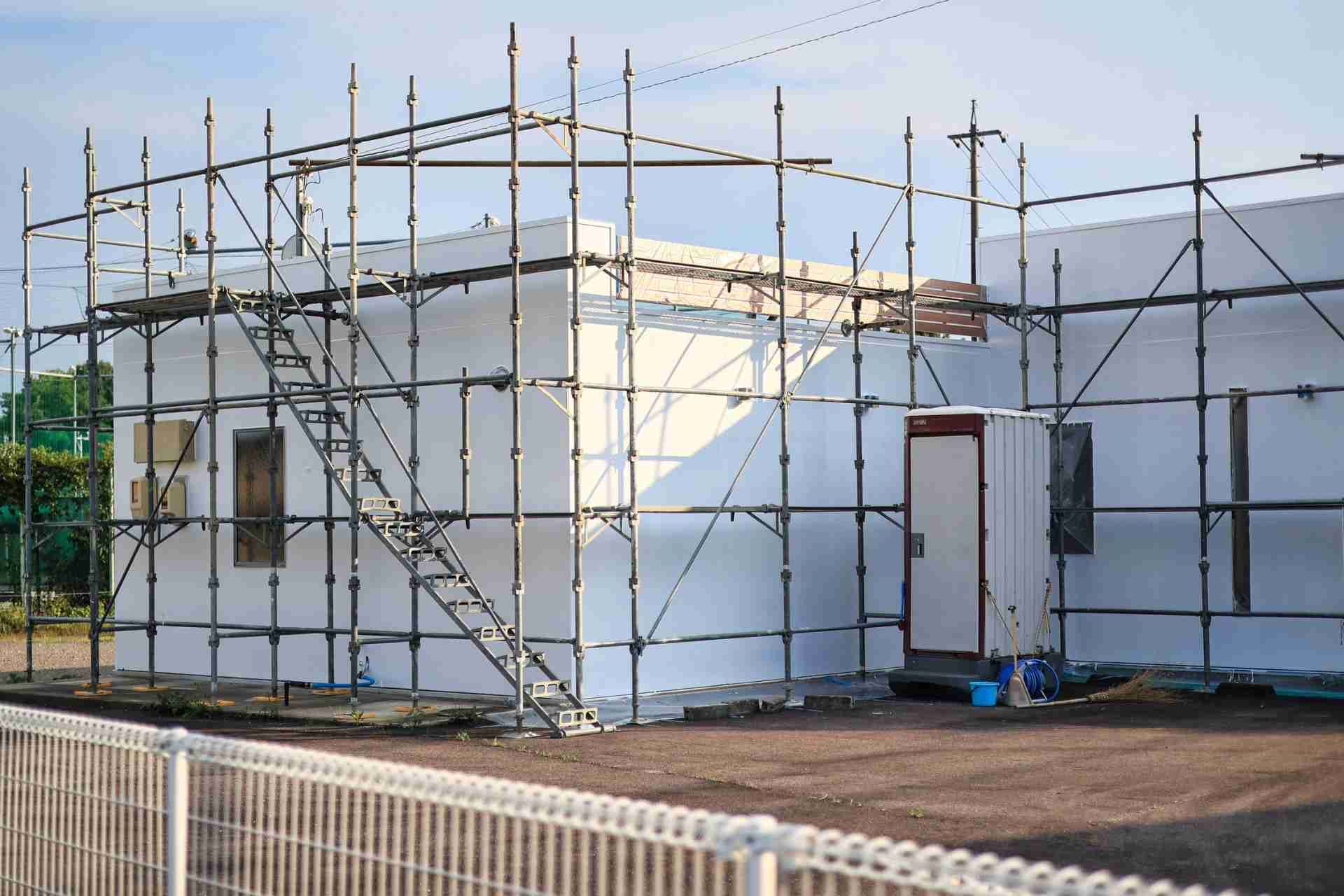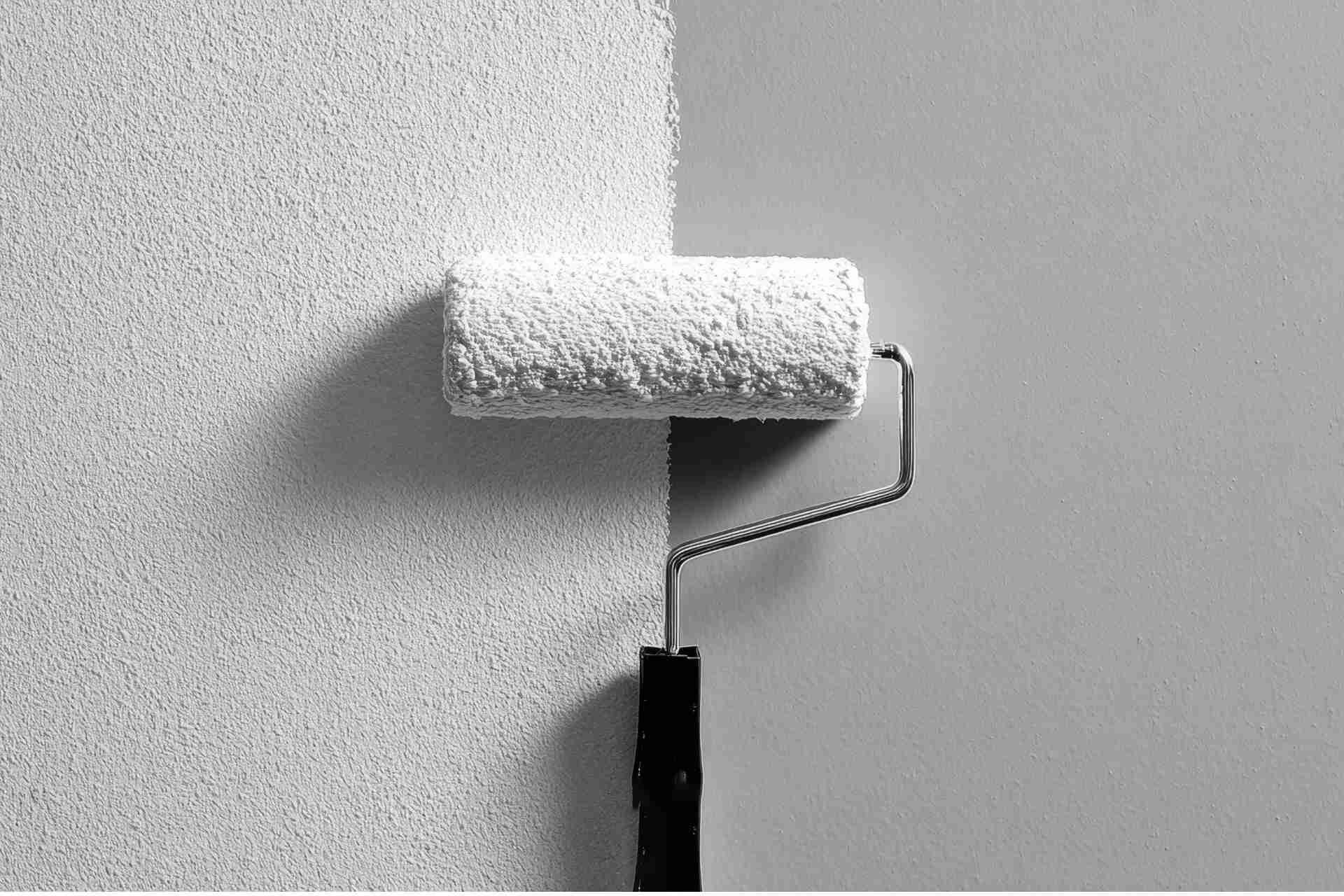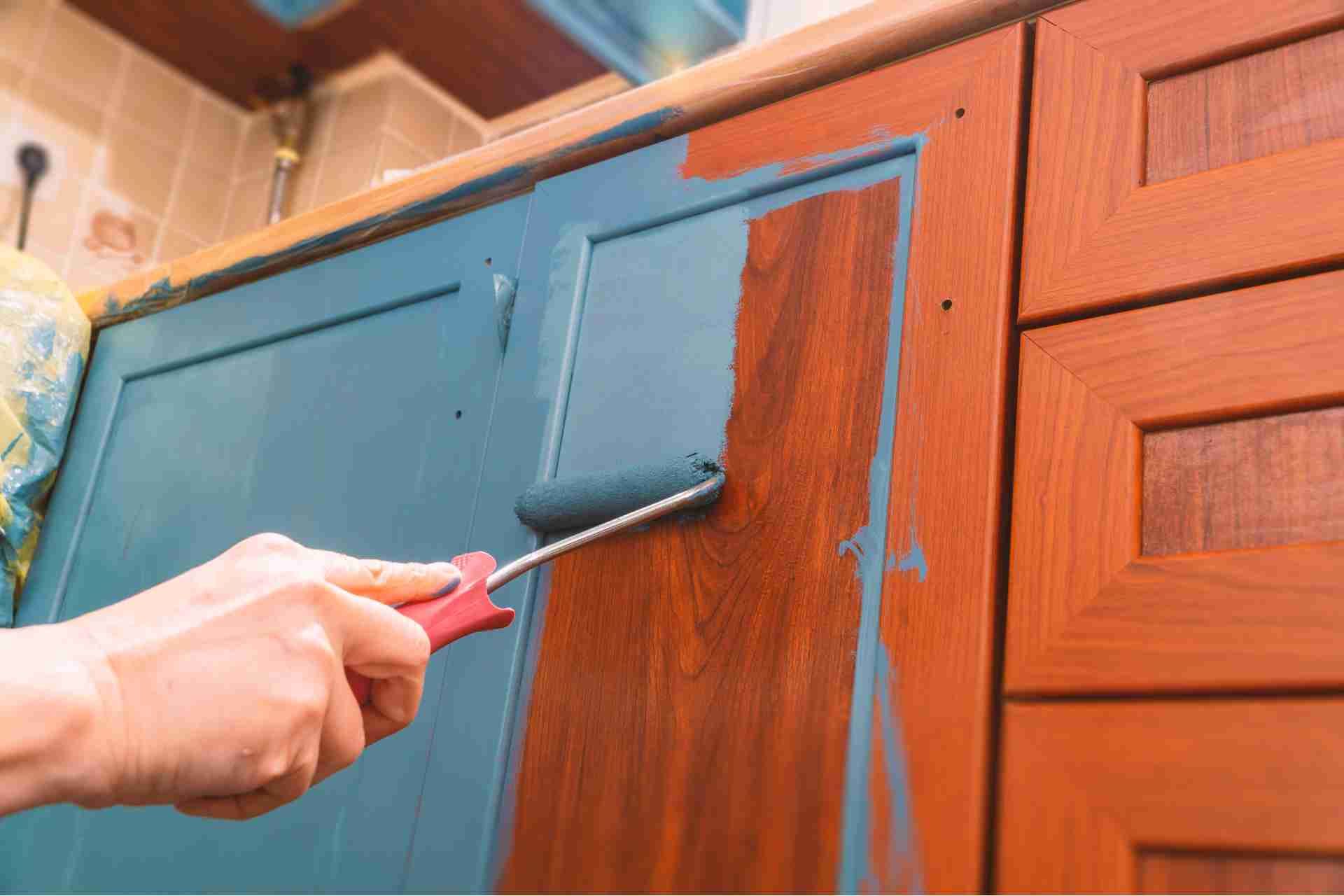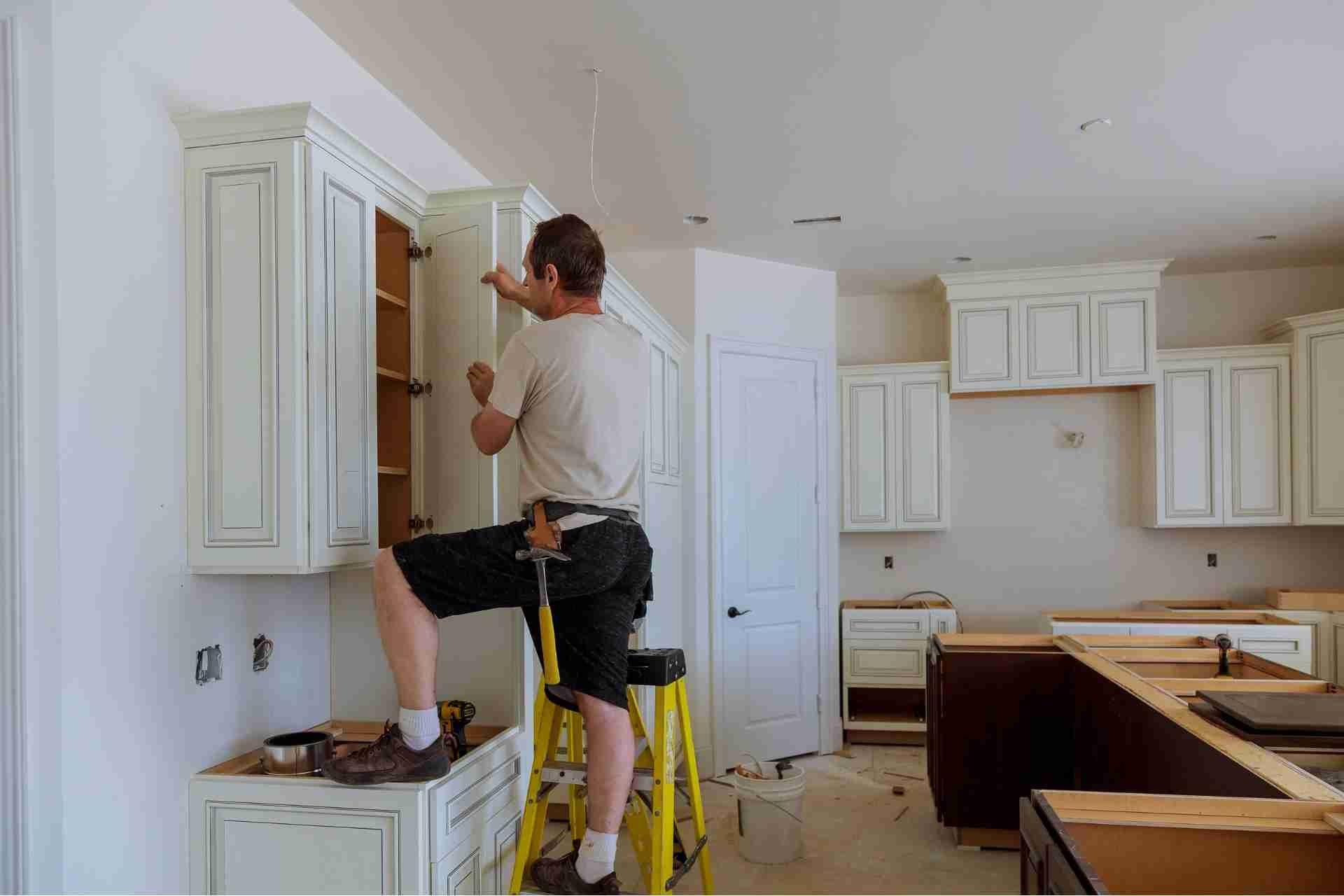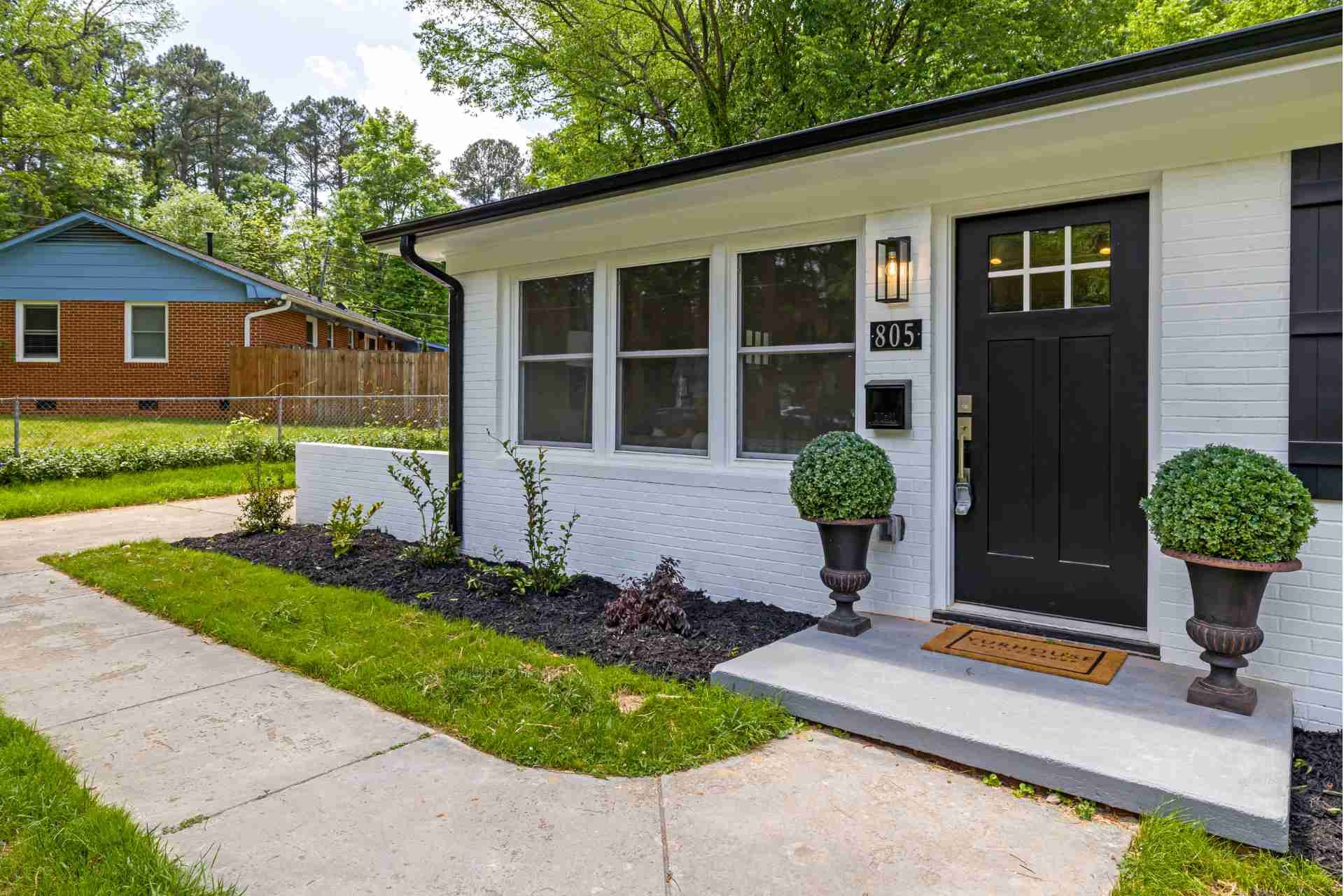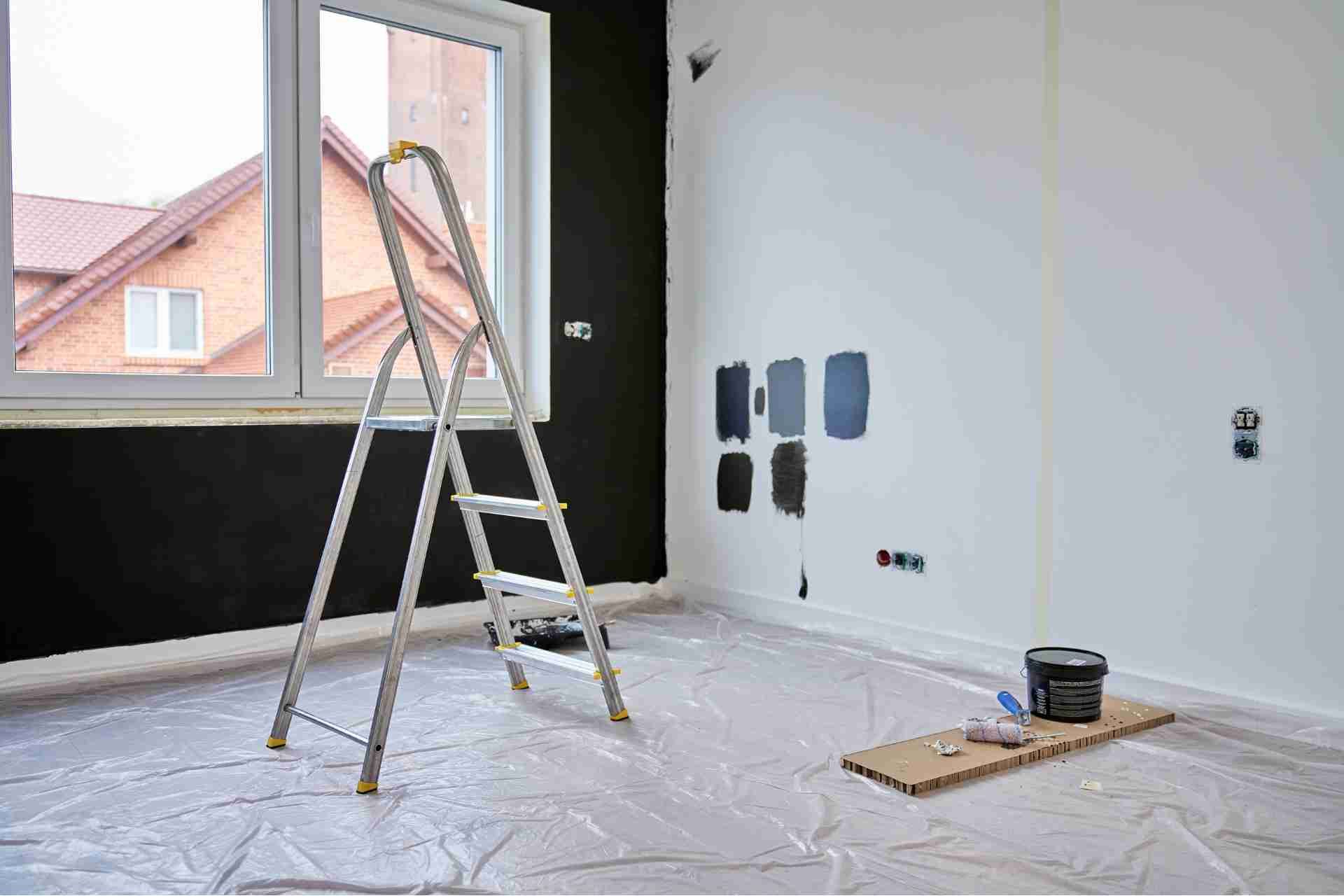Interior Vs Exterior Painting: What's The Difference
When it comes to painting your home, understanding the differences between interior and exterior applications is crucial. Each type serves a distinct purpose and is formulated to tackle specific challenges. You'll find that the choice of paint impacts not just aesthetics but also durability and maintenance. So, what should you consider when planning your next paint project? Let's explore the key factors that set these two types apart.
Understanding the Purpose of Interior Painting
When you consider interior painting, it’s not just about choosing a color; it's about transforming your space. You’re creating an environment that reflects your personality and enhances your mood.
The right paint can make a room feel larger, cozier, or even more energizing. Each coat of paint serves as a blank canvas for your creativity, allowing you to express your style while also improving the room's functionality.
Think about the purpose of each space—do you want your living room to feel inviting, or your office to promote focus?
Interior paint protects your walls, too, from wear and tear, making it a practical choice as well. By understanding its purpose, you’ll choose wisely and elevate your home’s aesthetic.
Key Characteristics of Exterior Paint
Selecting the right paint for your home's exterior is just as important as choosing the perfect shade for your interiors. Exterior paint needs to withstand various weather conditions and protect your home from moisture, UV rays, and temperature changes. It often contains additives for mold resistance and better durability.
Here are some key characteristics to consider:
Characteristic Description
|----------------------|-------------------------------------------|
Durability Resists fading and chipping over time
Weather Resistance Withstands rain, snow, and heat
Adhesion Bonds well to surfaces like wood and stucco
Finish Variety Available in matte, satin, and gloss
Choosing a quality exterior paint ensures your home maintains its beauty and protection for years to come.
Differences in Paint Formulation
While both interior and exterior paints serve the essential purpose of adding color and protection, their formulations differ significantly to meet specific needs.
Interior paints typically contain fewer volatile organic compounds (VOCs), making them safer and less odorous for indoor use. They’re designed for easy application and excellent coverage on smooth surfaces.
On the other hand, exterior paints are formulated to withstand harsh weather conditions. They often include additives for mildew resistance, UV protection, and flexibility to prevent cracking.
Additionally, exterior paints tend to have a thicker consistency, ensuring durability against rain, sun, and temperature fluctuations.
Understanding these differences helps you choose the right paint for your project, ensuring long-lasting results tailored to each environment.
Surface Preparation Techniques
Before you start painting, proper surface preparation is crucial to achieving a smooth, long-lasting finish.
For interior surfaces, clean the walls with soap and water to remove dust and grease. Patch any holes or cracks with spackle, and sand those areas until they're smooth.
If you're dealing with exterior surfaces, pressure wash to eliminate dirt and mildew. Inspect for peeling paint and scrape it off, then sand the edges to ensure a seamless transition.
Make sure to prime any bare spots, especially on wood or metal, to prevent rust or rot. Taking these steps helps the paint adhere better, ensuring that your hard work pays off with a beautiful, durable result.
Don’t skip this essential process!
Tools and Equipment for Each Type
After you've prepared the surfaces, having the right tools and equipment can make all the difference in your painting project. For interior painting, you'll want to use brushes and rollers suitable for smooth surfaces, while sprayers can speed up the process. For exterior work, choose tools that can handle rough textures and withstand the elements.
Here's a quick comparison of tools:
Type Interior Tools Exterior Tools
|------------|--------------------------|------------------------|
| Brushes | Synthetic bristle brushes | Natural bristle brushes |
Rollers Short nap rollers Long nap rollers
Sprayers Airless sprayers HVLP sprayers
Accessories Painter's tape Drop cloths
Using appropriate tools ensures a smooth finish and prolongs the life of your paint job.
Environmental Considerations
As you embark on your painting project, it's crucial to consider the environmental impact of your choices. Different paints and methods can significantly affect the planet.
Here are some key aspects to keep in mind:
1. VOC Levels: Choose low or zero-VOC paints to reduce harmful emissions.
2. Sustainable Materials: Opt for paints made from natural materials or recycled content.
3. Waste Management: Plan for proper disposal of paint cans and brushes to minimize landfill waste.
4. Energy Efficiency: Think about using lighter colors for exteriors, which can reflect heat and improve energy efficiency in your home.
Cost Factors and Budgeting for Your Project
When planning your painting project, understanding the cost factors involved can save you from unexpected expenses.
First, consider the size of the area you want to paint; larger spaces require more paint and materials.
Next, think about the type of paint you’ll use—high-quality options generally cost more but can last longer.
Don’t forget labor costs if you’re hiring professionals; their rates vary based on experience and location.
Additionally, prepare for any prep work needed, such as sanding or priming, which can add to your budget.
Finally, set aside a contingency fund for any surprises that might arise during the project.
Conclusion
In conclusion, knowing the differences between interior and exterior painting is essential for a successful project. By understanding their unique purposes, formulations, and required tools, you can make informed choices that enhance your space and protect your investment. Keep in mind the environmental factors and budget considerations to ensure you select the right products and techniques. Whether you're refreshing your home’s interior or giving its exterior a durable facelift, the right approach makes all the difference.


